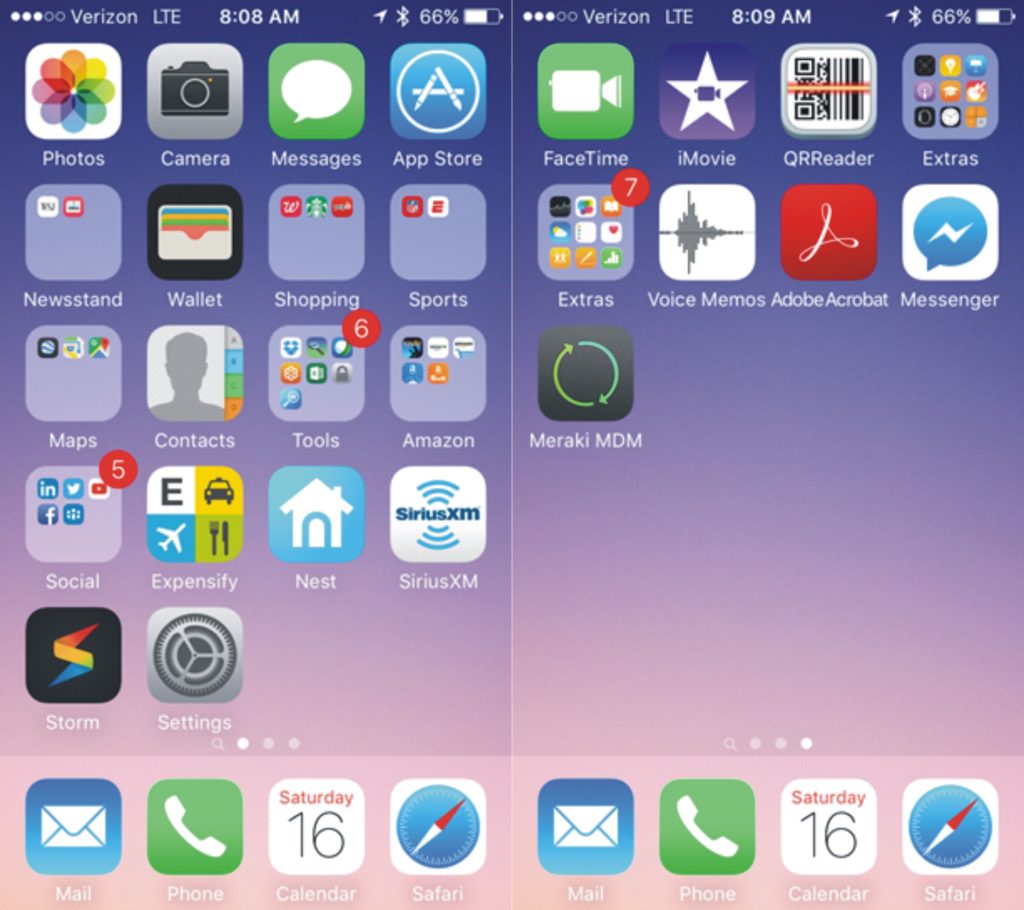
Constant, 60 Hertz, 120/208 Volt, 277/480 Volt power, 99.999% of the time. That’s it. That is all electric utilities need to supply their customers. Like Porsche’s slogan, “There is no substitute,” a utility’s slogan should be, “There is nothing else[1].”
This post features examples of what utilities can do, and probably not do, for increasing customer engagement, sales, and services.
Smart Load Building – Yes
Smart load building fulfills a customer need, and in many cases, produces net benefits to the environment and reduces emissions. Not-smart load building includes selling toaster coils to make hot water or space heat – electric water heaters and electric baseboard heat – egregious wastes of valuable electricity when other alternatives like natural gas and heat pumps are readily available.
Smart load-building initiatives include integrated charging stations for electric vehicles and converting portable power needs from internal combustion engines to electricity (fuel switching). Two fuel switching examples include hybrid refrigeration units for reefers and replacing liquid propane forklifts to electrically powered lifts.

I knew little about mobile refrigeration units that everyone has seen crisscrossing the fruited plain in 53 foot trailers carrying their legal limit of about 60,000 pounds of frozen product – meat, fruit, pizza, vegetables, ice cream, gangsters – you name it.
The big rig tractors that pull these reefers, of course, are powered by diesel engines. It makes sense that the refrigeration unit on the front of the reefer also burns diesel fuel. This article on TruckingInfo.com provides a great overview of how status-quo units and new hybrid units operate. The standard refrigeration unit has a 2.2 liter diesel engine with mechanical drives for the refrigeration compressor and fans. To defrost the coils, as your kitchen freezer requires, the standard reefer unit uses hot gas defrost requiring complex refrigeration circuitry and solenoid valves. A lot of mechanical parts – refrigerant seals, valves, belts, bearings, and solenoids – make for a lot of maintenance headaches and downtime.
The newer “hybrid” alternative is like a locomotive. The diesel engine generates electricity to run the compressor and fans. There are some losses associated with the generator and electric motors versus mechanical drives. However, the maintenance is tiny by comparison. Many moving and problematic parts are eliminated.
Now, the big benefit for the utility is, you guessed it – they can be plugged into “shore power”. While trucks are docked for loading, the diesel engines can be turned off while the refrigeration system is powered more efficiently by the grid.

A Great iPhone App – No
I recently read an eye-opening article in The Wall Street Journal. It was a mock letter to Tim Cook, Apple’s CEO.
As it turns out, I do the exact same thing with about two dozen clunky iPhone apps as the author of the letter, Joanna Stern does. We both pile them into groups and stow them away like lousy gifts that fill a closet.
On my iPhone, I have my most-used stuff within thumb distance on the home screen. On a second screen is all the useless rubbish, especially the groups I call “Extras”, which are chock full of worthless filler. Innovative apps evolve at the speed of light and staying on top is a relentless endeavor. She pans many of Apple’s apps including its mail, Find Friends, Photos, and even Siri. She quips, does anyone, even at Apple, use Find Friends? She also blasts iTunes (thank you) which I think is the least intuitive, hard-to-use software on the planet. Ms. Stern’s iPhone is becoming a shell to run a replacement app for everything that comes with it, standard.
She compares Siri to Amazon’s Alexa. Alexa will order flowers, pizza, uber, plus customize her favorite music stream on command. It can handle far more complex tasks, like tell my dog to be quiet and turn on the AC (talks with Nest)… without having to bark “Hey Alexa!” constantly.
Another dig on Apple is they ferociously protect user data and preferences. That sounds good, but to be most useful, it has to open up like a personal relationship. I think Apple is going to pay a steep price for Tim Cook’s stubbornness.
The point is not to bash Apple. The point is that I’ve read many times that utilities need to get with it and be cool like Amazon, Google, and Facebook (displacing Apple apps on Ms. Stern’s iPhone). But this won’t come without hurdles.
- Utilities are hyper sensitive to customer data.
- Can utilities create an app that’s going to be useful to their customers?
- If they can accomplish this, how are they going to make it engaging so that they stay on my thumb’s reach apps?
In response to (2), remember, “There is nothing else.” My utility doesn’t need to tell me it’s time to leave for the airport or ask a colleague to reschedule a meeting.
It could, however, be used for energy management, but control points, infrastructure (smart meters), and wifi or other connectivity are needed. Consumers don’t think like this. So when you ask if they’d like a bunch of control over their energy use via their smart phone, sure, sounds great, but a LOT of expensive stuff I don’t have space to talk about in this post is required to enable those things. Maybe later…
[1] Copyright pending.
